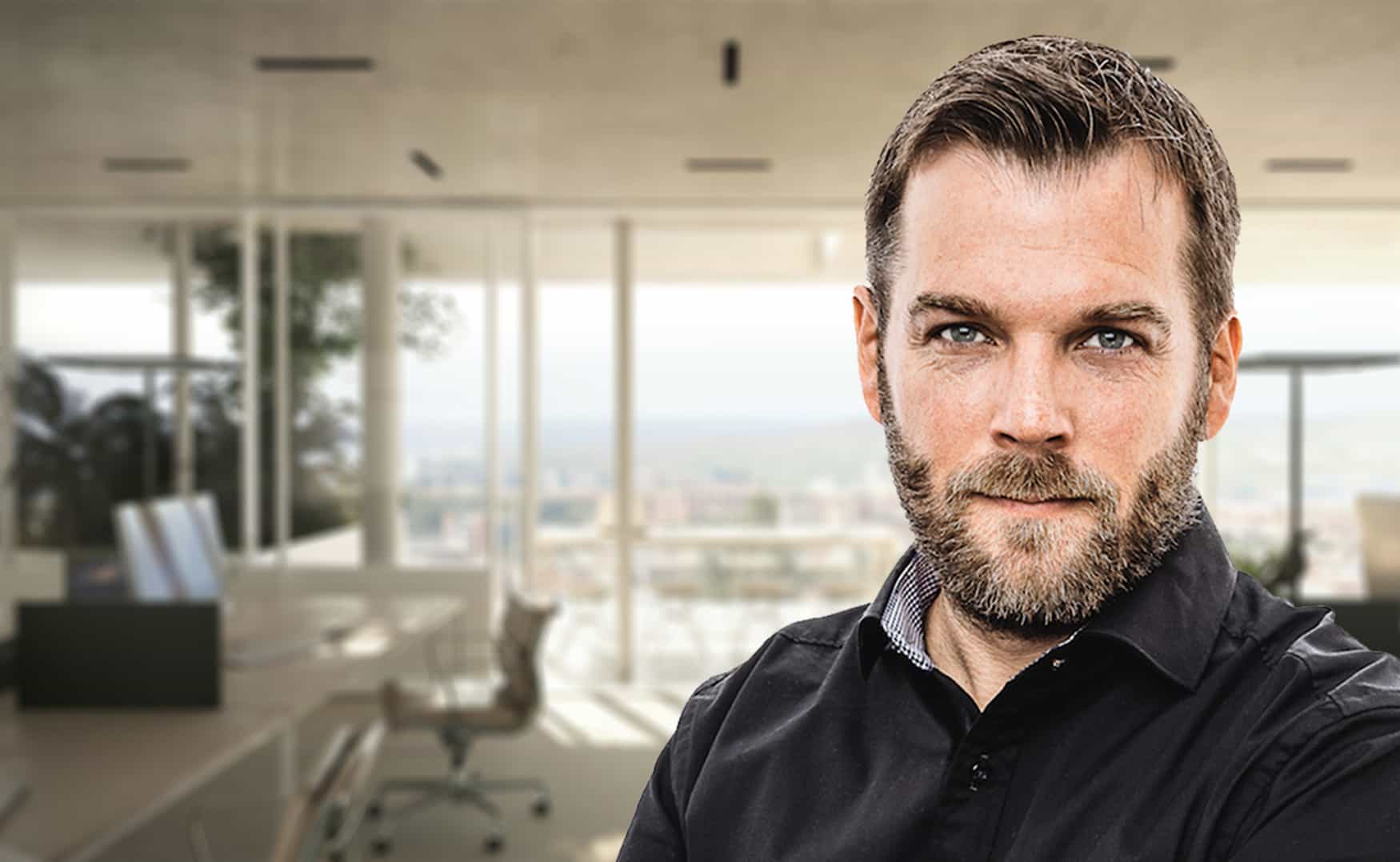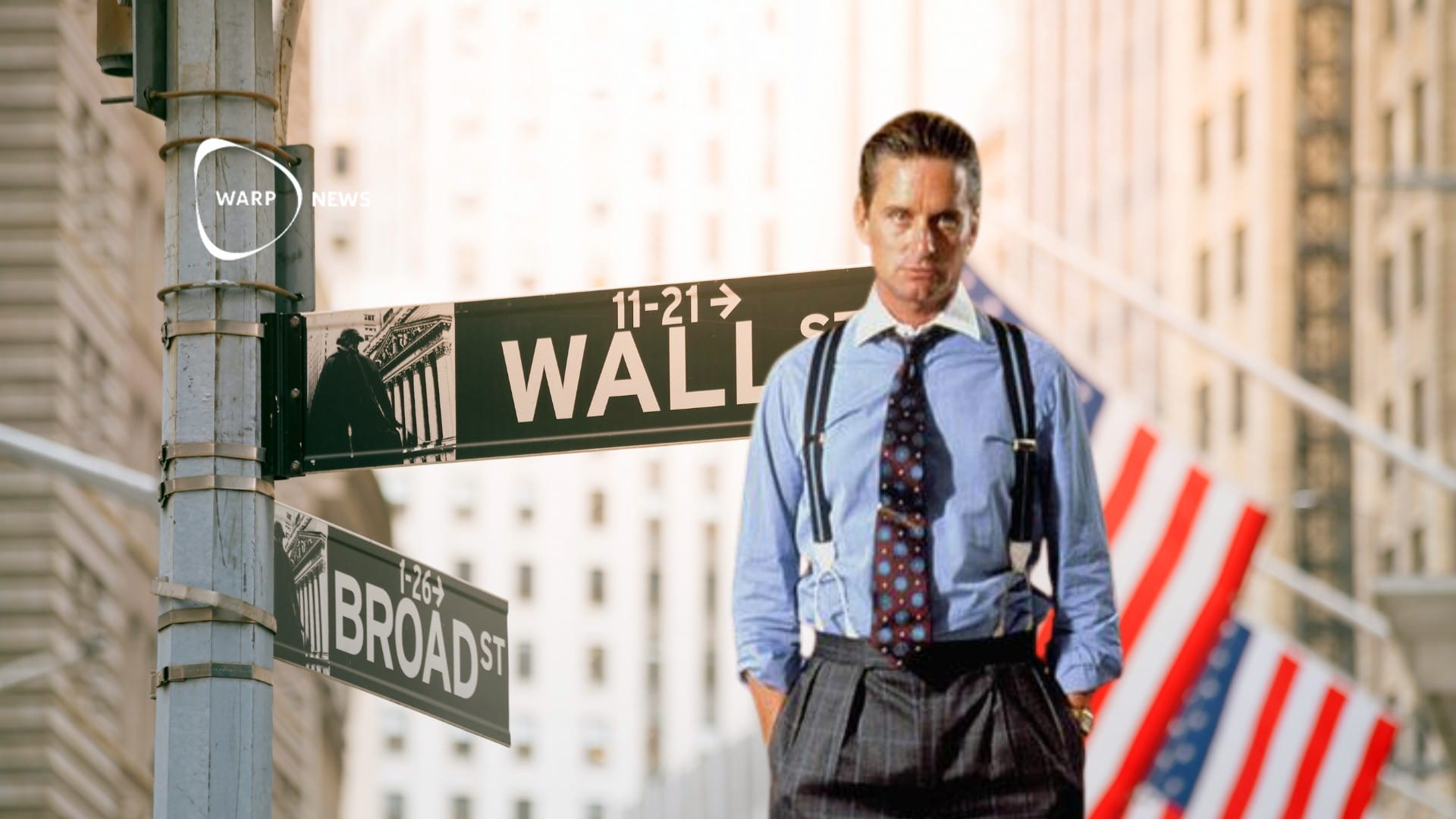
💡 "If it seems too bad to be true – it probably is"
It is wise to be a critical thinker. The problem is that far too many confuse critical thinking with pessimism. Luckily, there is a solution, writes Magnus Aschan, Editor-in-Chief of Warp News.
Share this story!
There it is, again. I've read this short sentence more times during the last three years than the previous 40 of my life: it's too good to be true.
No matter if we write about decrease in child mortality or that AI helps us detect Alzheimer's earlier, there is a "wise critical thinker" out there questioning the facts and getting pats on the back, which translates to likes on the comment in this case.
It is wise to be a critical thinker. The old saying "If it seems too good to be true – it probably is", to question facts and asking "Does this seem reasonable?" are all sound.
Critical thinking, thinking clearly and rationally about what to do or what to believe, is critical in order to pursue a fact-based and scientific world view. Its also critical in order to avoid risk. And you know what, it might even deserve a pat on the back now and then.
The problem is that far too many confuse critical thinking with pessimism.
This has several serious consequenses:
- If you're not able to separate critical thinking from being pessimistic you can never celebrate success
- All good news are suspicious and you do not accept the facts of a positive development no matter the source
- You create a pessimistic bias which leads to a world view that is not based on facts
It's quite easy to spot if a person confuses critical thinking with pessimism. He or she never applies "critical thinking" to negative developments and facts. You never see the sentence: it's too bad to be true.
If you only apply critical thinking in order to confirm your world view it is not critical thinking.
You need to apply it on everything. And yes, it is exhausting, no one does this all the time and all of us have bias. But if we understand this behaviour we can create a fact-based and rational filter that is very useful.
Because the sentence "it's too bad to be true" is as important as "it's too good to be true". While the latter is critical in order to avoid risk, the first is critical in order to grab opportunities.
There is a lot of positive development going on, and a lot to be optimistic about. If you do not apply critical thinking in a proper way, you never acknowledge this and can never be part of a positive development.
On the other hand: If you apply critical thinking properly you can both avoid risk and grab opportunities.
So from now on, remember this new advice: "If it seems too bad to be true – it probably is".
By becoming a premium supporter, you help in the creation and sharing of fact-based optimistic news all over the world.


